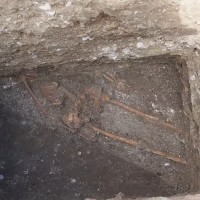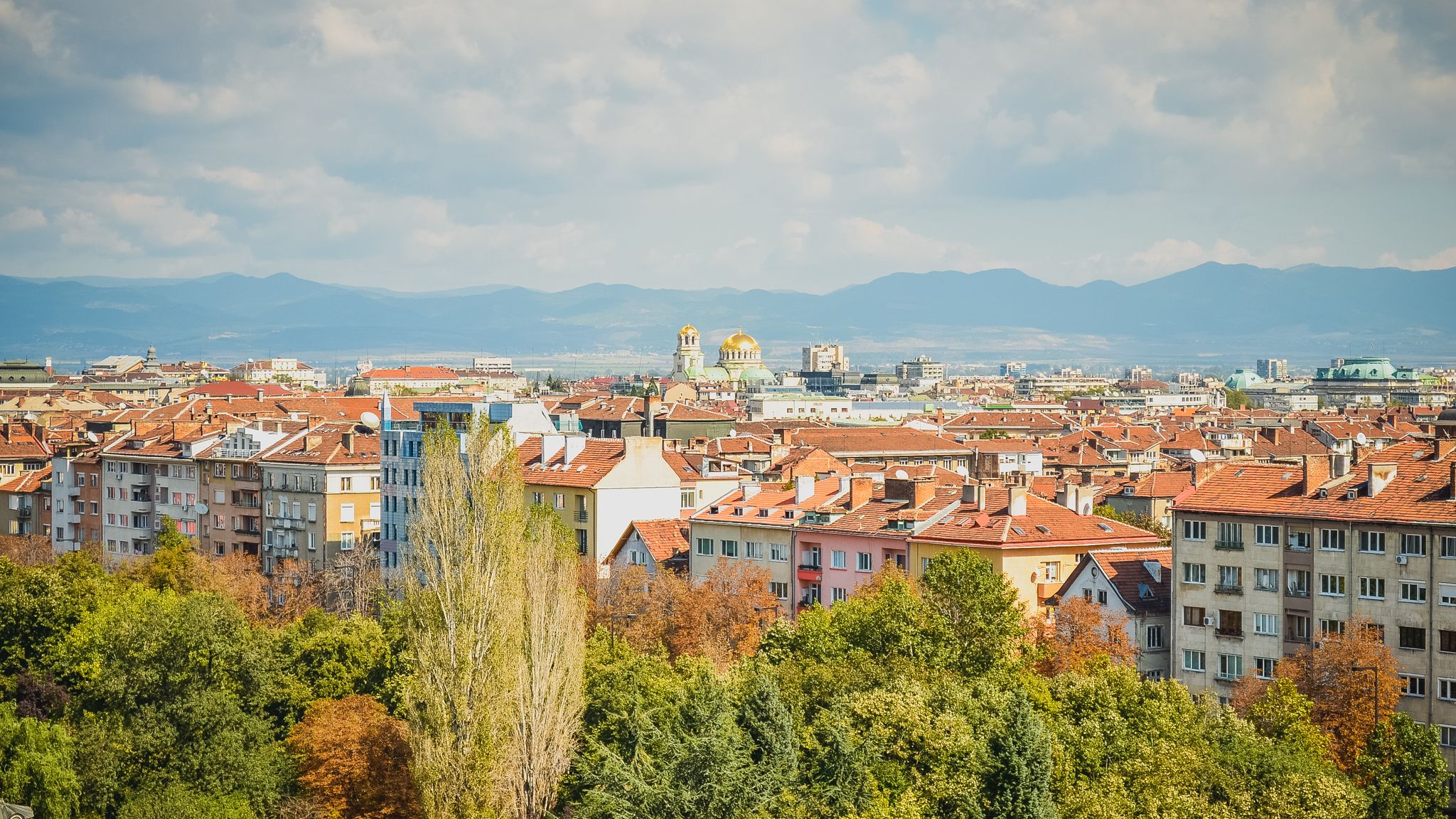
Archaeologists Discover 3,000-Year-Old Ancient Thracian Necropolis with Gold Finds during Rescue Digs near Bulgaria’s Dragoman

Gold finds seen in the soil in a newly found Ancient Thracian necropolis near the town of Dragoman in Western Bulgaria. Photo: Lead archaeologist Borislav Borislavov/Offnews
An Ancient Thracian necropolis which is more than 3,000 years old, and contains gold decorations has been discovered by archaeologists during rescue excavations in Western Bulgaria.
The rescue digs near the town of Chukovezer, Dragoman Municipality, located to the west of Sofia, near Bulgaria’s border with Serbia, are being conducted because of the construction of the Bulgaria-Serbia Gas Interconnector, a long-anticipated natural gas pipeline.
The newly discovered Ancient Thracian necropolis dates back to 1400-1000 BC, lead archaeologist Assist. Prof. Dr. Borislav Borislavov from the National Institute and Museum of Archaeology of the Bulgarian Academy of Sciences has told Offnews.
The Thracian necropolis has yielded rich finds from the Late Bronze Age and the Early Iron Age.
These include a decoration with at least 11 golden beads which is yet to be cleaned up and thoroughly studied.
Another intriguing find from the Thracian necropolis is a bronze amulet in the shape of a head with what are said to be African features.
According to an anthropologist from the National Institute and Museum of Archaeology, the skeleton found in the grave with the gold belonged to a woman.

A skeleton discovered in the newly found Ancient Thracian necropolis in Western Bulgaria. Photo: Lead archaeologist Borislav Borislavov/Offnews
The discovery of the Thracian necropolis near Chukovezer and Dragoman has been seen as especially exciting because no such rich funerals had ever been found by the archaeologists in this part of Bulgaria.
(The richest Ancient Thracian tombs have so far been discovered all over Southern, Northeast and Northwest Bulgaria.)
In addition to the remains from the Thracian period, the rescue excavations have exposed the ruins of buildings from the 3rd-4th century AD, i.e. the Late Roman period.
Inside one of the Roman buildings, the archaeologists have come across an earthenware jar containing 18 coins which are yet to be studied and dated.
The rescue digs along the route of the Bulgaria-Serbia Gas Interconnector have not been completed yet, and are continuing.

The rescue excavations along the route of the future natural gas pipeline between Bulgaria and Serbia. Photo: Lead archaeologist Borislav Borislavov/Offnews
Lead archaeologist Borislav Borislavov is quoted as saying that the finds from the rescue excavations will probably be shown to the public for the first time during the annual “Bulgarian Archaeology” exhibition at the National Institute and Museum of Archaeology
The exhibit in question starts every year on February 14, and puts on display the most interesting artifacts discovered during the previous year.
The Ancient Thracians were an ethno-cultural group of Indo-European tribes inhabiting much of Southeast Europe from about the middle of the second millennium BC to about the 6th century AD on the territory of modern-day Bulgaria, Romania, Moldova, Greece, Turkey, Macedonia, Serbia.





















[…] A 3,000-year-old necropolis is undergoing excavation after being discovered along the route of the B… […]